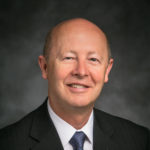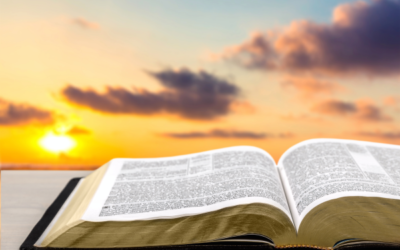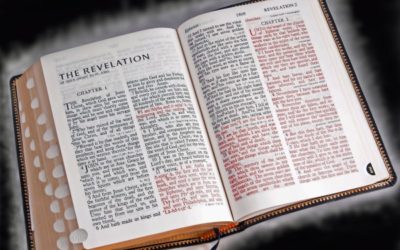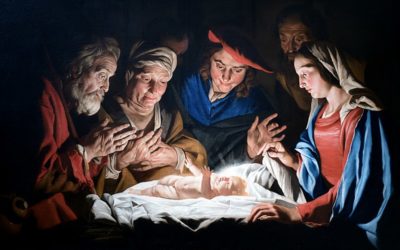Joseph Smith, with Oliver Cowdery as his scribe, finished translating the Book of Mormon by early July 1829. While Joseph worked with Martin Harris to find a publisher for the Book of Mormon, Oliver began the laborious task of making a copy of the original translation manuscript to give to the printer. They didn’t want to give the original to a printer, risking another loss like that of the Book of Lehi pages by Martin in 1828.
The printer who finally agreed to publish the Book of Mormon was Egbert Bratt Grandin, who had a print shop on the third floor of a building in Palmyra, New York. Grandin and his staff printed the Book of Mormon in that shop, sent the printed pages down to the second floor, where they were bound, then lowered the bound books down to the first floor bookstore, where they were sold to the public.
Completing the translation of the Book of Mormon did not mean the end of translating for Joseph Smith. On October 8, 1829, Oliver went to Grandin’s bookstore and purchased an 1828 King James Version of the Bible. That volume became the basis for an inspired revision of the Bible known today at the Joseph Smith Translation. The Bible translation not only led to revisions in the text but also to new revelations inspired by study of it.
In June 1830, Joseph received a revelation that Oliver recorded under the title “Visions of Moses.” Whether this revelation came as part of the Bible translation is not entirely clear, but it seems likely. This revelation eventually became the first part of the Book of Moses in the Pearl of Great Price.
Other portions of what became the Book of Moses were part of the Joseph Smith Translation, including Moses 7. When Oliver left on his mission to Missouri, other scribes replaced him in the translation process. A passage in Moses 7, recorded in the handwriting of Sidney Rigdon, influenced Joseph Smith’s vision of his calling as a prophet. In this portion of the manuscript, the ancient prophet Enoch preached repentance and established “the people of God” in a “City of Holiness” (Moses 7:10‒19). According to the revealed text, “the Lord called his people Zion, because they were of one heart and one mind and dwelt in righteousness; and there was no poor among them” (Moses 7:18).
Joseph turned twenty-five years old in December 1830, the month he received this revelation. Over the remaining thirteen years of his life, the vision of establishing Zion among the people of God drove much of what he did. When the center of the city of Zion was revealed to be in Independence, Jackson County, Missouri (Doctrine and Covenants 57:1‒3), Joseph hoped to do as Enoch before him and create a holy city.
Enoch spent some three hundred years building his city and purifying the people to the point where the city was taken up by God (Moses 6:25‒26, 7:68‒69). The unrighteousness of the early Saints in the latter days kept Zion from being established and redeemed (see, e.g., Doctrine and Covenants 105:1‒13) in Joseph’s day. But the quest continues.
Joseph saw that Zion would exist beyond Missouri to spread through North and South America and potentially the whole world. How can we help in the establishment of Zion?
The definition of Zion gives us the recipe: We must be “of one heart and one mind” and dwell “in righteousness” with “no poor among” us. We can begin as individuals, becoming one with the Lord in righteousness as Christ prayed his disciples would be (John 17:20‒23; 4 Nephi 1:15‒17). Then we must unite with others who are one with God to help those around us so that there are no people who suffer in poverty among us.
Wherever we do that, Zion will be established on the earth.
(Credit for image at top of page: Gerard Hoet illustration of Enoch from 1728 Figures de la Bible, public domain, copied from https://en.wikipedia.org/wiki/Enoch_(ancestor_of_Noah)#/media/File:Figures_God_took_Enoch.jpg.)



